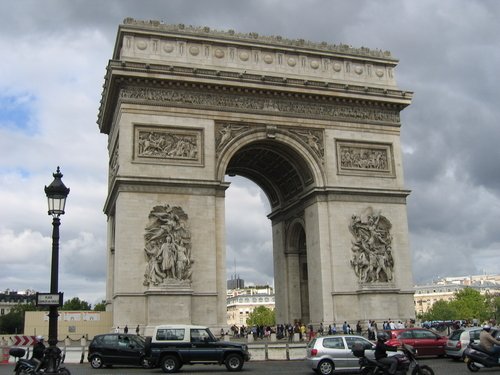Interestingly, at the last presentation for the western part of the project, the planners talking about streetscape improvements mentioned choosing large trees for Eglinton. However, they said they would have to choose the trees based on a number of factors, including overhead wires. I was surprised to hear that they're planning on reconfiguring the street and investing a substantial amount of money into the public realm, but not burying the overhead wires. It's unacceptable, and I, along with others there raised this concern. People should keep bringing this issue up, as it's hard to believe that something so essential for improving the streetscape could be overlooked or marginalized by planners.







